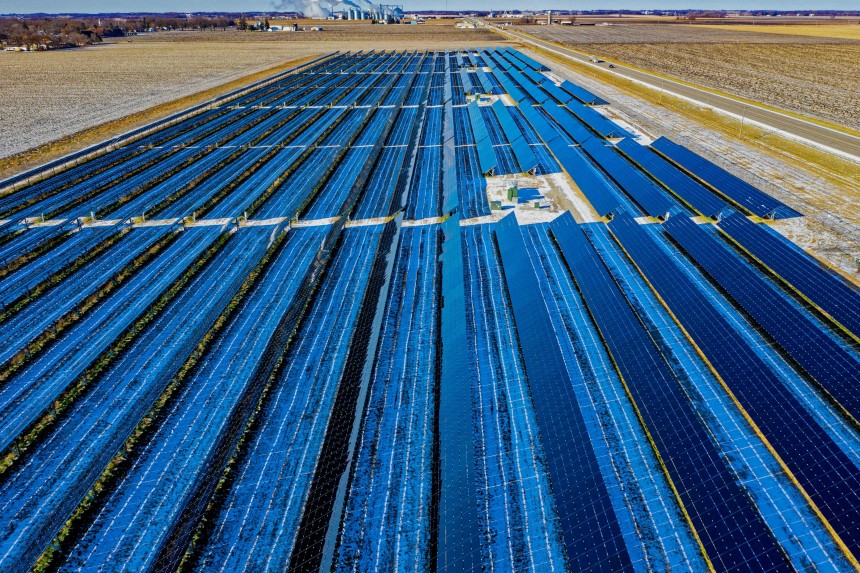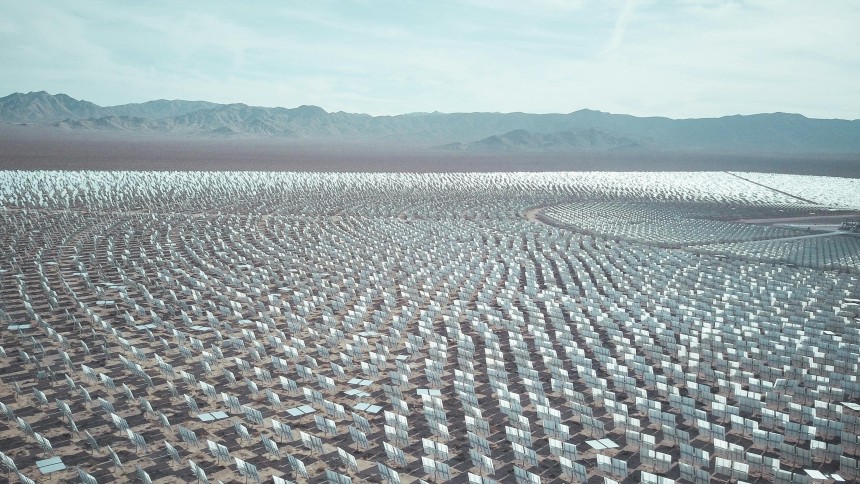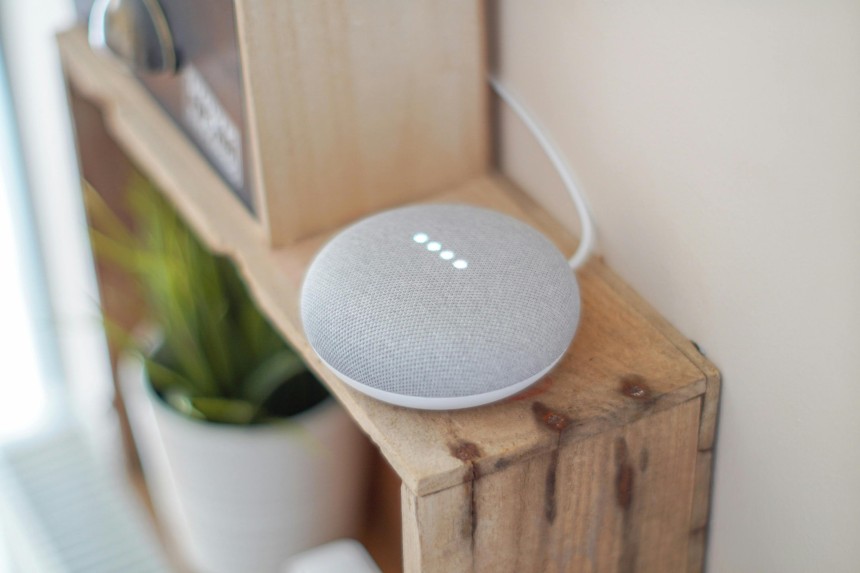
Breakthrough Solar Cells Achieve 60% Efficiency
Imagine a future where every ray of sunshine is captured more efficiently than ever before. Researchers have just unveiled a breakthrough in solar technology: solar cells that achieve 60% efficiency. This remarkable achievement isn’t just a laboratory experiment—it signals a transformative moment for renewable energy, potentially reshaping our environmental and economic landscapes.
This new generation of solar cells is built on a tandem design that layers innovative perovskite materials over traditional silicon cells. By doing so, the cells can harvest a broader spectrum of sunlight. In essence, where older models converted only a fraction of available solar energy, these advanced cells turn a whopping 60% of sunlight into usable electricity. This leap in efficiency means that smaller installations can produce more power, reducing the need for vast, land-intensive solar farms.
Here’s why this breakthrough matters:
- Higher Energy Output: With 60% efficiency, every square meter of these solar cells produces significantly more energy than conventional panels. This could revolutionize solar installations in densely populated urban areas.
- Reduced Costs: Higher efficiency translates to fewer panels and less installation space, potentially lowering the overall cost per watt generated.
- Environmental Impact: More efficient energy conversion means a reduced carbon footprint for solar energy systems, advancing the fight against climate change.
- Versatility: The compact design opens the door for innovative applications, from integrating solar cells into building materials to powering remote devices in hard-to-reach locations.
To understand the innovation, consider these five key factors behind the breakthrough:
- Advanced Material Science: The use of perovskite layers, known for their excellent light absorption properties, is a game changer. Researchers have refined the chemical composition to enhance both efficiency and durability.
- Tandem Cell Architecture: By combining perovskite with silicon, the cells leverage the strengths of both materials, capturing a wider range of the solar spectrum.
- Precision Engineering: Cutting-edge manufacturing techniques ensure that each layer of the cell is optimized for maximum light conversion.
- Cost-Effective Production: Despite the complexity of the design, new production methods promise scalability and affordability, paving the way for widespread adoption.
- Robust Testing: Extensive testing under various environmental conditions has confirmed that these cells can perform reliably, even in less-than-ideal weather.
The implications of this development are profound. For homeowners and businesses alike, the promise of a more efficient solar solution means not only lower energy bills but also a faster return on investment. With governments around the world pushing for greener policies and reduced reliance on fossil fuels, breakthroughs like these are crucial in accelerating the transition to a sustainable energy future.
Moreover, the ripple effects extend beyond energy savings. In the broader context of environmental stewardship, higher efficiency solar cells can reduce the need for additional land to be cleared for solar farms. This helps preserve natural habitats and maintain biodiversity—a win-win for both energy generation and ecological conservation.
For those eager to learn more, recent detailed analyses can be found on reputable sources such as Nature Energy and Renewable Energy World. These platforms provide deeper dives into the science and economics behind the technology, offering valuable insights for investors, policymakers, and environmental advocates.
In summary, the breakthrough of solar cells achieving 60% efficiency is a beacon of hope for a cleaner, more sustainable future. It not only pushes the boundaries of what’s technologically possible but also demonstrates how innovative research can drive meaningful change in our everyday lives. As this technology continues to evolve and become more accessible, we could soon see a world where solar energy isn’t just an alternative—it becomes the backbone of our global energy infrastructure.





